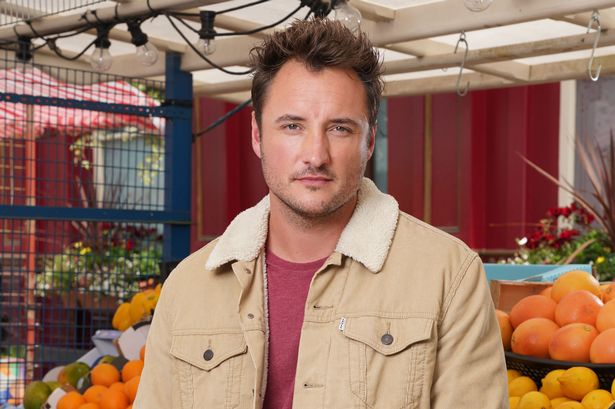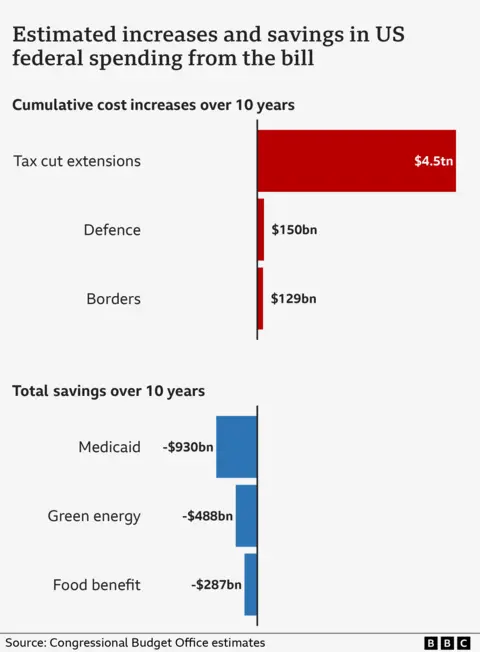It has been five months since Martin Fowler was brutally killed off on EastEnders leaving his fruit and veg stall unattended – but now a new stall keeper has been uncovered
Changes are coming to Albert Square as the iconic fruit and veg stall is set to have a new owner. Long time fans of the BBC soap will be well aware that Martin Fowler held down the stall until her was brutally killed off earlier this year.
Now it has been revealed that returning character Oscar Branning will take control of the market stall as he begins to resettle into life in East London. EastEnders fans will be well aware that Oscar is the teenage son of Max Branning and Tanya Cross and the younger brother of Lauren Branning.
The character first appeared on the BBC show 2007 and been played by Gabriel Miller-Williams from 2007 until 2008, Neo Hall from 2008 until 2015, and Charlee Hall from 2013 until 2017. Oscar is now being played by Pierre Moullier with an upcoming storyline set to explain how he ends up running the fruit and veg stall.
Discussing his casting recently, Pierre explained that he can’t wait for soap fans to see him on screen and learn where the show writers take his character. He said, as per OK! Magazine: “It’s pretty surreal to join EastEnders – it keeps hitting me that I’m actually on Albert Square.
“When I found out I was joining the Brannings, it was so exciting as they are such an iconic family, and I love that there are so many skeletons in the closet.” And teasing his character arc, he added: “Oscar is so much fun to play and the audience should be prepared for the unexpected as he’s a complex guy.”
EastEnders’ Executive Producer Ben Wadey shared his excitement over Oscar’s return. He said: “I’m very excited to bring Oscar Branning back to Walford and introduce viewers to him now that he’s all grown up.”
And hinting at the drama to come, Ben added: “Oscar is very much a Branning which means there’s going to be plenty of drama in store this summer. We’re delighted to welcome Pierre as he takes on the role and ca”t wait for viewers to see him bring Oscar to life.”
Plot details suggest that Oscar returns to Albert Square to shake up the life of his sister Lauren, played by Jacqueline Jossa. But when Lauren offers Oscar a trial shift on the stall – and encouraged by Penny Branning, played by Kitty Castledine, to take on the work – he begins to consider if he can build a life for himself in the city.
Earlier this year, EastEnders fans were devastated when Martin Fowler was killed off in a shock twist during a 40th anniversary special episode. James Bye, who played the character from 2014 to 2025, explained why the time was right to walk away from the character.
He said in a statement following his explosive exit: “Saying goodbye is not easy, but after 10 years at EastEnders and on the night of the show’s epic 40th anniversary, the time felt right. It’s an honour to leave on a story of this magnitude. A huge thank you to all the fans of the show – EastEnders wouldn’t be what it is without you – and to the BBC and EastEnders team for trusting me with this role for so many years. This fruit and veg man will always hold a special place in my heart. It’s time to look forward, and I’m incredibly excited for what the future holds. RIP Martin Fowler.”
Executive Producer Chris Clenshaw said at the time: “It’s incredibly sad to say goodbye to James, who has been a much-loved, loyal company member for 10 years. James’ performance in tonight’s live episode was nothing short of outstanding and one that I know will touch so many of you watching at home due to his loveable portrayal of Martin Fowler, which has made him a firm favourite amongst the viewers. When discussing James’ exit, we knew that we needed to give Martin Fowler the big explosive storyline that his character deserved.
“To leave the show in such an emotional storyline, during a live episode is something incredibly courageous to do as an actor, and one that I’m sure will cement itself in EastEnders history. I would like to thank James for everything he’s given to EastEnders, and although we will all miss him here at Elstree, he will always remain a member of the EastEnders family and we wish him the best for the future.”
Martin was first played by Jon Peyton-Price when EastEnders began in 1985 and he held onto the role until 1996. James Alexandrou then took on the role and played from 1996 until 2007 after which time James took over. Martin was killed when he was crushed by a fallen structural beam in an accident and died following a heart attack.
Like this story? For more of the latest showbiz news and gossip, follow Mirror Celebs on TikTok , Snapchat , Instagram , Twitter , Facebook , YouTube and Threads













